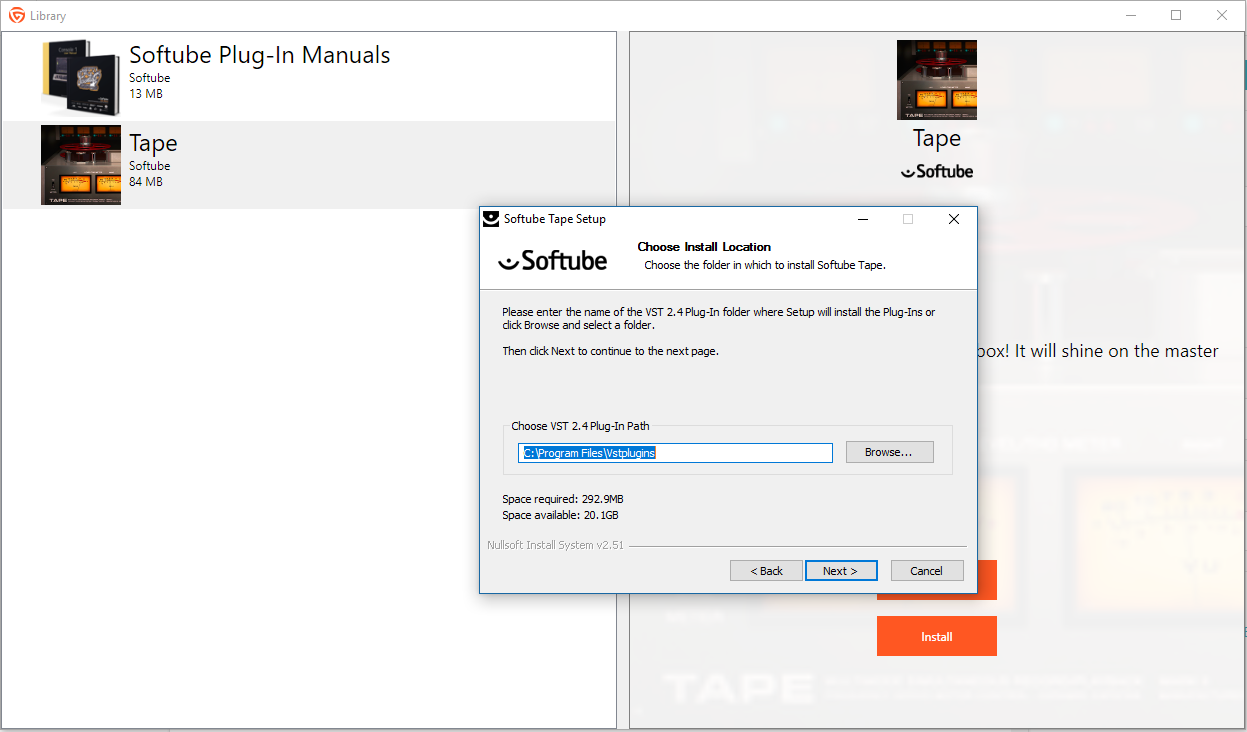Softube Tape Demo
Visit - - to buy, or to start your free 20 day demo ✮ Say hi in the. Softube Tape Review Studio One 3.5 Subscribe for more tutorials for mixing, mastering, music production and other good tips to do with music production.
The main hub of Tape is the gigantic AMOUNT knob in the middle of the main interface. It is with this that you dial in the level of color or harmonic distortion that you need. To the right you will see the tape TYPE selector. It is widely agreed that type ‘A’ is the Studer A820 24-Track whilst types ‘B’ and ‘C’ are rumored to be a Revox 4-Track and an AMPEX ATR-800 respectively. Finally, the ‘TAPE SPEED’ dial is non detented so it enables you to choose tape speeds that never actually existed. Our best advice is to use 15 and 30 ips for a higher resolution which will leave your transients more intact, saving the lower speeds for vintage style degradation.

Softube Tape Demon
The workflow that Tape elicits from the user is modish and neat, just like its GUI. It’s very easy to switch the meters to ‘THD’ mode which is how you gauge the level of ‘mojo’. But it’s with the RC-1 panel that the most fun can be had. We’ll start at the bottom with CROSSTALK.
Softube Tape Democrat
Now this is a control that for the most part is about as much use as a one legged man in an arse kicking competition. However, for the sake of realism it is included – leaking, as it does, information between left and right channels on your stereo bus or mix. At this point I must mention the NOISE switch. On any normal modeled, vintage plugin I would automatically keep such a feature dormant – after all, you have to ask yourselves why so many millions of dollars have been spent by engineers and studios in the past 50 years on external noise reduction boxes – it’s about as desirable as cross-ply tires on a brand new Dodge Challenger. Again though, Softube just get it right. I was more than happy to leave NOISE engaged as it imparts only the subtlest of nuance to your signal. Working almost like dither it helps to smooth and fill gaps in your audio as a pose to the gigantic ‘clown’ button found on other plugins that pastiches everything we’ve been trying to get rid of since the dawn of recording.
The last couple of tricks are very sweet indeed. First, and most obvious, are the RUN/STOP buttons. As you would imagine they do exactly what they say. When you hit STOP it gives you a perfect tape stop effect and then after, when you punch the RUN button your audio winds back up to the correct speed. A brilliantly implemented, easy to use and very welcome effect that I did not expect to find here. I would love for there to be adjustments available for RUN/STOP and the STABILITY control – but perhaps that could be saved for a dedicated tape fx plugin. Lastly, comes the main, operational zone of Tape.

The input and output controls. This is where you set the fundamental groundwork for your tape play.
Softube Tape Democratic
Raise the INPUT and you will drive Tape harder, creating distortion but also raising the output volume Which is why you must then lower the OUTPUT slider. Whilst you’re balancing the sliders you can keep your eye on the THD meter to make sure you’re not overdoing it.